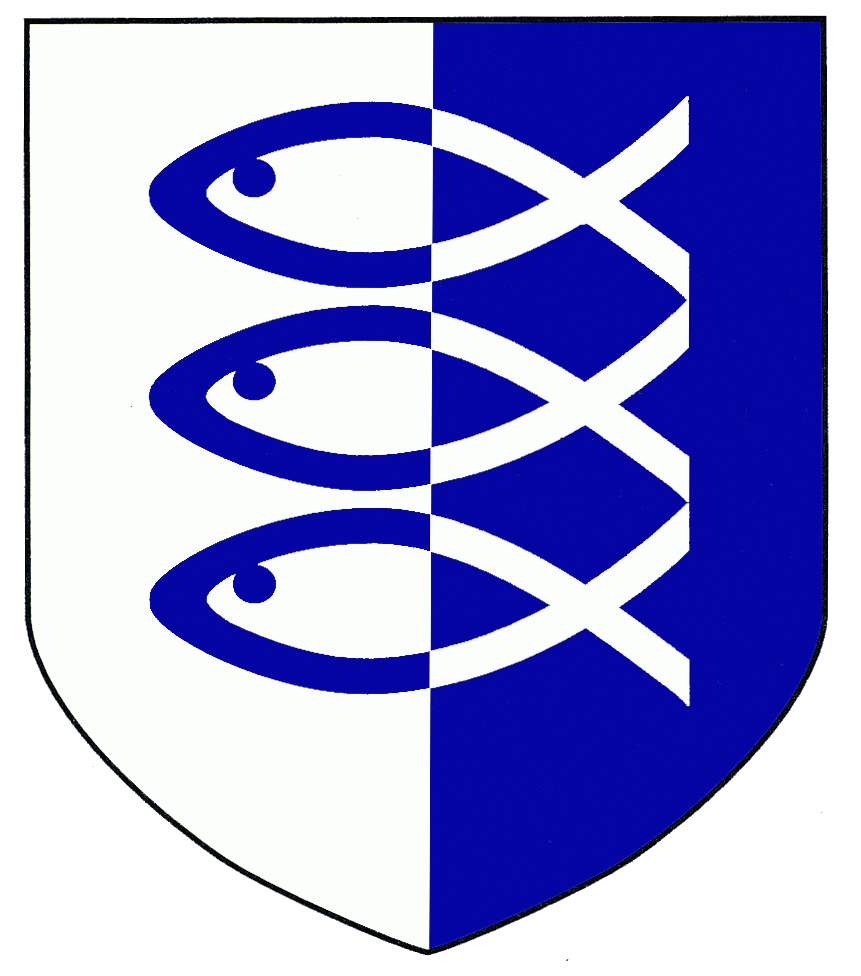top of page
Great Yarmouth Local History &
Archaeological Society

Young History and Archaeology Club
The YHAC was established in 2015 and meets monthly on Saturday afternoons at the Time and Tide Museum. Thanks to funding from Historic England the YHAC is free to join. The club is supervised by GYLHAS members, supported by historians from the Time and Tide Museum and is affiliated to the National Young Archaeologist Club. Check out the national YAC website here.

If you are, or if you know a budding historian or a would-be archaeologist between the ages of 8 and 16, who would like to join us please email Patricia on infogylhas@gmail.com
bottom of page